Preface
As the Chinese saying goes, there are 7 essential things we need every day, firewood, rice, oil, salt, sauce, vinegar, and of course, tea. So common in everyday life that it is often neglected even though tea can not only quench your thirst but also help with weight loss, maintain heart health, keep you looking young and even help with hypertension, hyperglycemia, and hyperlipidemia. Is it any wonder tea is so popular?
It may not be as convenient as coffee when in the office, but it does reflect a calm and graceful demeanor. The fragrance and flavor clear the head and calm the spirit, preparing you for your next taste. Both the leisure of sipping tea and the resulting focus will make your co-workers envious.
There’s nothing like a cup of tea after a busy day. The fragrance will bring you into the moment like nothing else. That’s why coffee is just another beverage, no matter how you brew it. Often the benefits of tea transcend the fragrance and flavor and manifest in your very soul.
SIP ALONG with
Ying Hong N°9
Price range: $12.00 through $40.00
Dry Leaf: Fermented fruity (plum) sweetness, Straw
Liquor Colour: Brilliant copper
Liquor Aroma: A cranberry field
Flavor: Crisp plum, sweet roasty, hints of sunflower seeds
Mouthfeel: Crisp and Silky
-
Description
Named after the experimental cultivar that it’s made from, Ying Hong combines wonderful notes of plumb sweetness with a crisp mild barnyard undertone. The brilliant orange liquor smells like a cranberry field on a hot day after a rain, with its light fruity aroma and hints of drying foliage. As for mouthfeel, a sublime, complex combination of silkiness and crispiness accompany the long lingering, mouthwatering, fruity plum flavors.
-
Additional information
Origin Yingde, Guangdong Province.
Harvest April, 2023.
Gongfu Brewing 3g/150ml at 100°C for 45 sec. Add 15s for successive infusions. 5 – 7 infusions.
Storage Sealed well in a cool, dry, dark location.
-
Reviews (0)
You may also like…
-
Ying Hong N°9
Price range: $12.00 through $40.00 -
Traditional Keemun
Price range: $5.00 through $15.00 -
Dian Hong
Price range: $7.00 through $21.00
Exploring Tea
Tea is one of the most classic plants, found on high mountains, in deep valleys, and in the dark forest. From as far back as the Classics of Tea by Lu Yu we have been taught to channel the spirit of the mountains and seas through tea. In every cup, we can find humanity’s culture and customs. To find a better sip of tea, we simply need to cultivate a calm and peaceful heart, and it is found.
-
Shui Xian
Price range: $11.00 through $39.00
Shen Nong: the Discoverer of Tea
China is the birthplace of tea, the most prosperous beverage in the world. Who first discovered tea and identified it’s medicinal effects and made it popular?
From Yu Lu’s “Classics of Tea” we learn, “How did tea become a drink, because of Shen Nong’s discovery and the subsequent popularization by Luzhou Gong.” Emperor Yan, also known as Shen Nong, is recognized as the ancestor of Chinese people since he diligently identified what was safe to eat and what was medicine by personally tasting and identifying hundreds of herbs. It was during this quest that he accidentally ate a poisonous plant and collapsed. He woke up facing a small, fragrant tree. He couldn’t help but pluck a leaf and eat it. His mouth was immediately filled with fragrance and he was cured. Shen Nong transplanted the lifesaving plant to a nearby village. The plant was tea.
Shen Nong’s book The Classic of Herbal Medicine records that “Shen Nong tasted hundreds of herbs and was frequently poisoned, and stumbled upon tea as a cure.” This explains both the drinking and medical aspects and to this day some Yunnan people still eat tea
Thousands of years after Shen Nong, tea is still served as a healthy drink in households and shops all over the world. It’s not only an important part of daily life but has its own culture, extending from ancient myths into modern life.
-
Guzhu Zi Sun – Ming Qian
Price range: $31.00 through $120.00 -
Huang Da Cha
Price range: $8.00 through $28.00 -
Lapsang Souchong – Top Grade
Price range: $5.00 through $104.00
China – The Birthplace of Tea
The Origins of the Tea Plant
The origin of tea has been argued for many years. Wu Juenong’s* book, “Proof of the Origin of Tea”, penned in the 1930’s, showed that Tea Originated in China. Then, a half a century later he published an article titled “The Southwestern Part of China is the Origin of Tea”, which included Yunnan, Guizhou, and Sichuan.
Five Ideas of the Origin of the Tea Plant
- Southwest origin story. This places the southwest of China as the origin of tea and is generally accepted since it covers a broad region.
- Sichuan Origin Story. Gu Yanwu’s book, ‘Ri Zhilu’ records tea drinking back to Qin and shortly after their conquest of Shu. Therefore the people now called Sichuanese had already been drinking tea. This fits with the southwest origin story as Sichuan is in southwest China.
- Yunnan Origin Story. Yunnan is so incredibly lush that it’s possible that it is the origin of tea, where it grows wild just as easily as it does cultivate.
- Eastern Sichuan, Western Hubei Origin Story. Lu Yu’s “Classics of Tea” documents giant, thick trunked tea bushes in this region but whether or not they were made into tea is unknown.
- Jiangsu and Zhejiang Origin Story. It was recently proposed that tea originated in Jiangsu and Zhejiang from the ancient Yue (He Mudu culture). Modern Jiangsu and Zhejiang Province have the most developed tea industry so if teas history does originate here, it would certainly be interesting.
* Wu Juenong, known as the modern tea sage, is the founder of the Modern Chinese Tea industry and a prolific writer. His book ‘Review of Classics of Tea’ is the most authoritative study of Lu Yu’s ‘Classics of Tea’.
Old Tea-Horse Road
The Tea-Horse boasts some of the world’s most spectacular natural scenery and due to its long and history and culture, is a trade route shrouded in mystery. As the fifth major trade route in Chinese history, it has the same importance and status as the Silk Road.
The Tea-Horse road originated from the exchange of tea for horses in the Tang and Song Dynasty. The people of the Chinese Empire needed excellent mules and horses, and the border people need tea. Therefore the people from the Tibet, Sichuan and Yunnan frontiers started to exchange their superior horses for tea.
The ancient Tea-Horse road has two main routes: one extends from Yunnan to Tibet and was formed in the late 6th century. It started in the modern-day Pu’er region, Xishuang Banna, which had the unique advantage of being both an origin and a transition point for goods and continued to Tibet and onto Burma, Bhutan, Sikkim, Nepal and into India. through Dali, Lijiang, Zhongdian, Dequin, and onto Tibet’s Zuogong, Bangda, Chayu, Qamdo, Lhorong, Gongbo’gyamda, Lhasa via Gyangze, Yadongand and on to Burma, Bhutan, Sikkim, Nepal and India. The Pu’er region has the unique advantage of being both the origin and transition point for goods and has a long rich trade history. The second goes from Ya’an, Sichuan into Tibet along a different route, then into Nepal and India. This network of trade routes was important for all of ancient China and Southeast Asia.
Tea is a custom of the Chinese People’s
Tea is a custom, tradition and practice for Chinese people and has taught us patience and humility and helped us find ourselves. In the hustle and bustle of daily life, with a cup of tea in your hand, you are returned to nature’s calm and ease. As the poem says: “How can you be so calm in the craziness of the world? Because my heart and home are always far from the chaos.”
-
Fu Zhuan
Price range: $10.00 through $160.00 -
Old Tree Sheng Pu’er 2017
$25.00
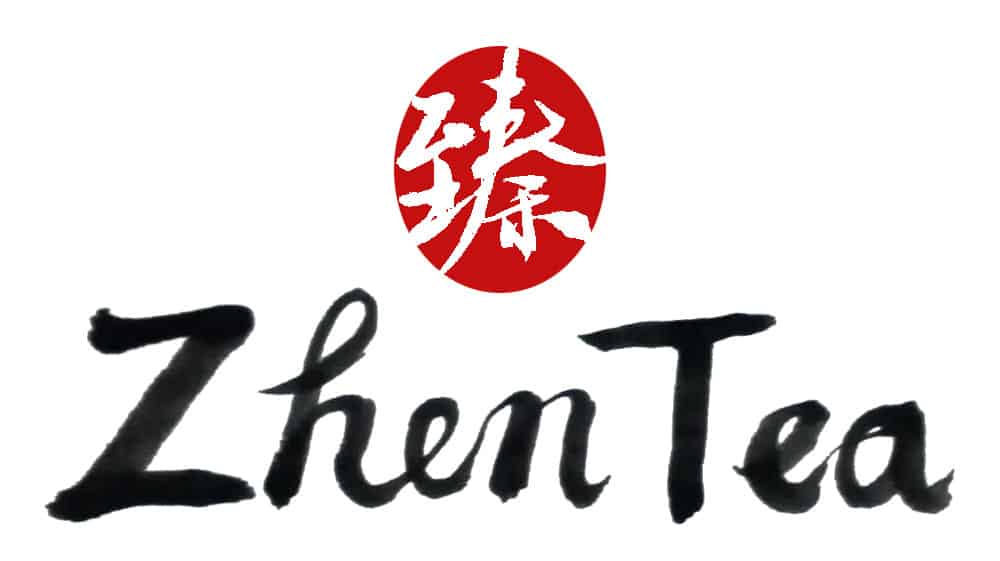
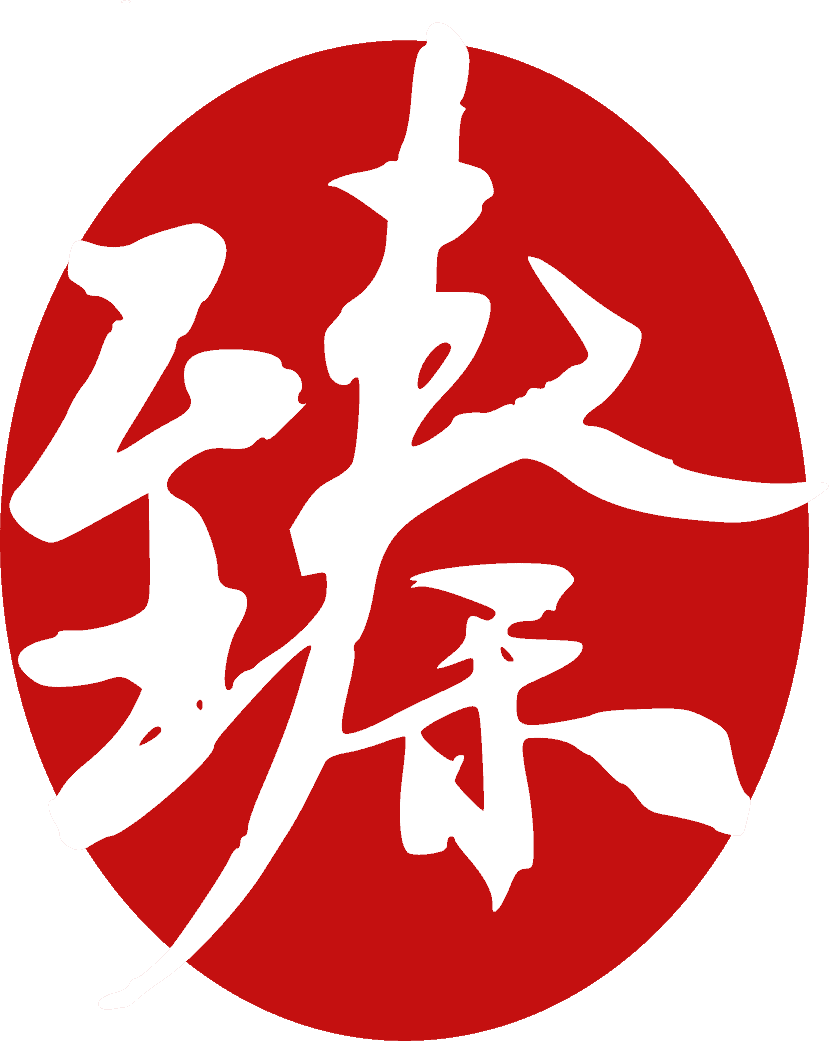
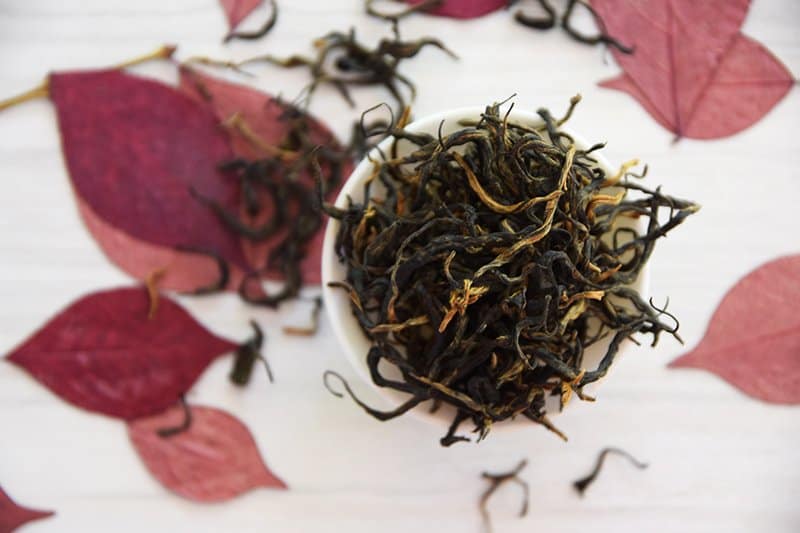
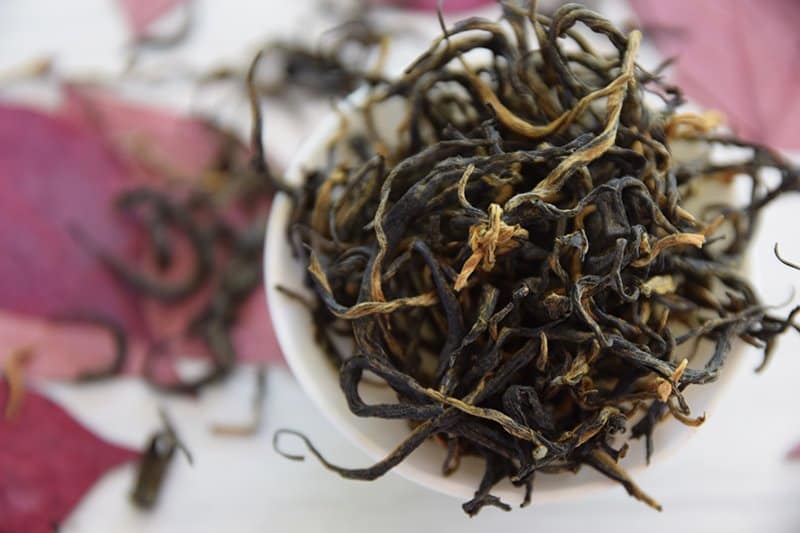
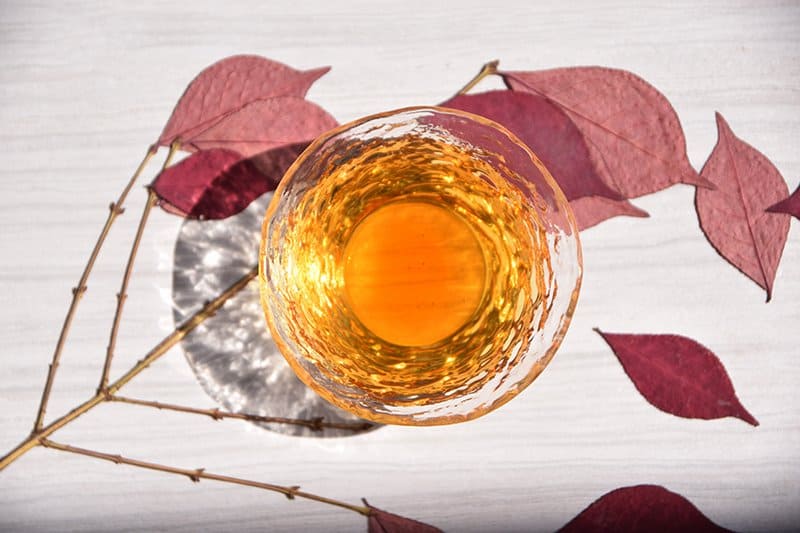
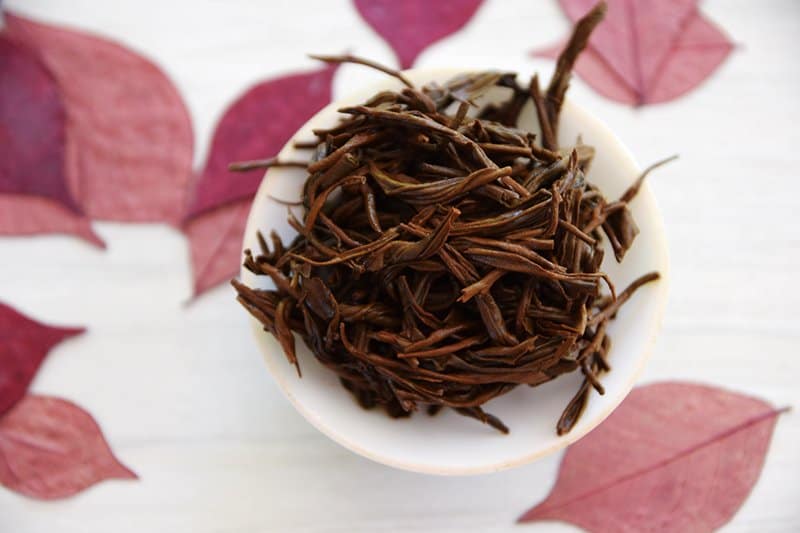
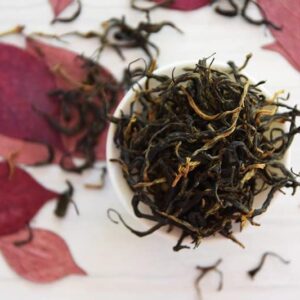
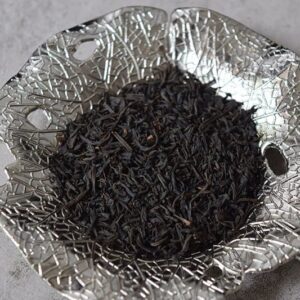

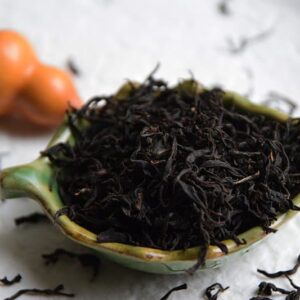
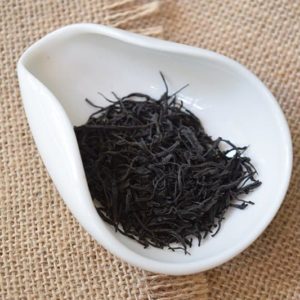
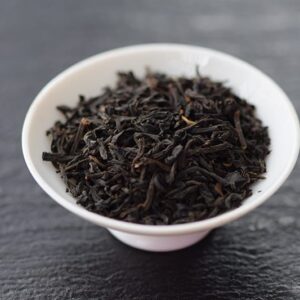
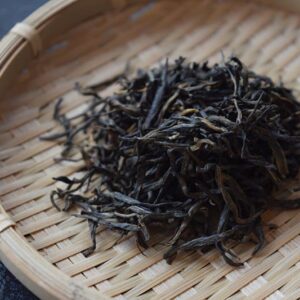
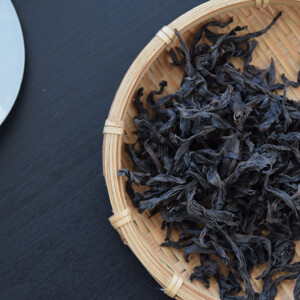
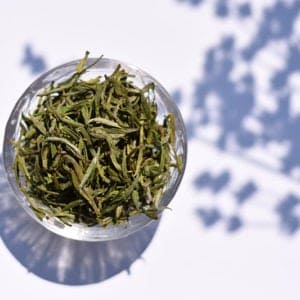
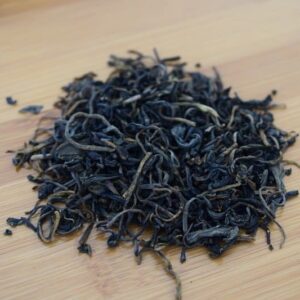
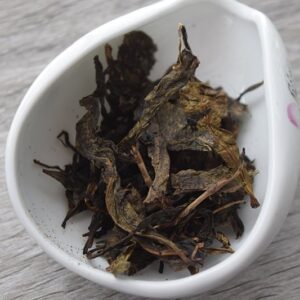
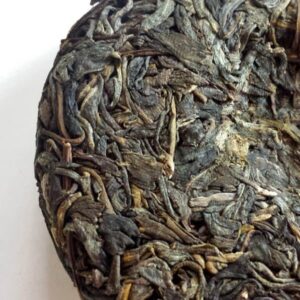

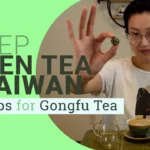
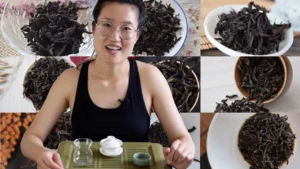
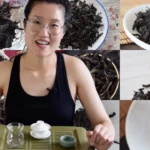
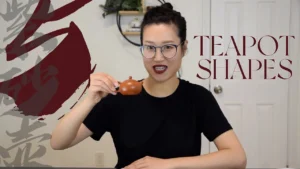
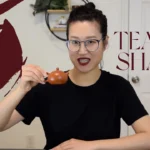


Reviews
There are no reviews yet.